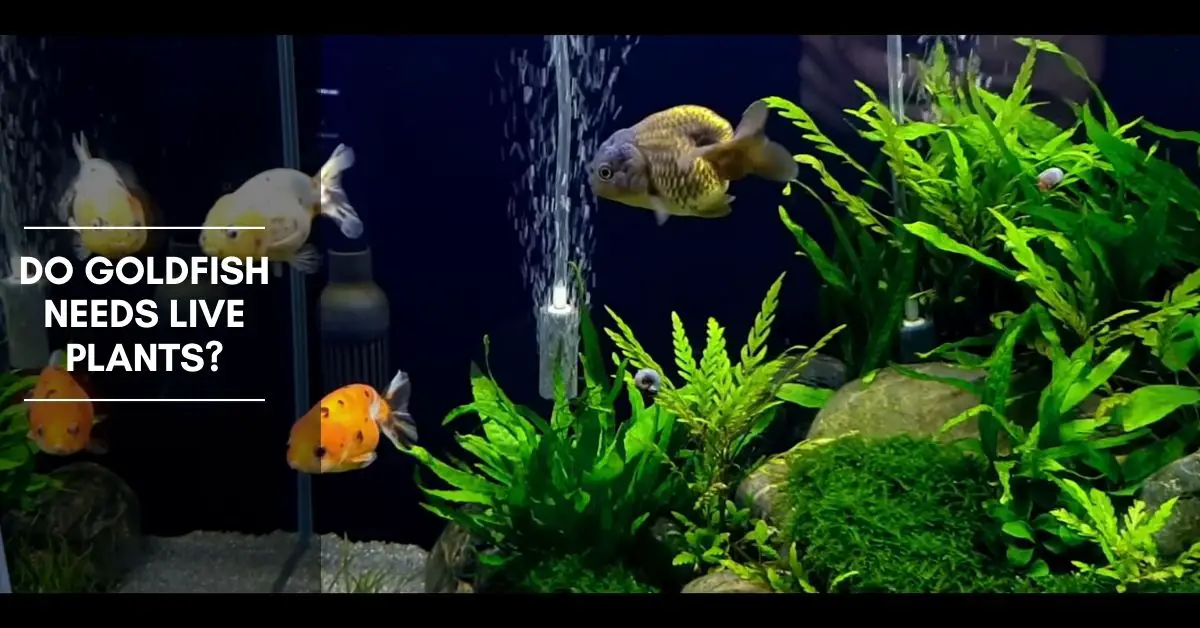

It is a stem plant that likes to grow roots. This allows it to help shade other plants and prevent algae.Ĭabomba also known as Fanwort, it is a phenomenal water purifier. It will grow underwater and, if allowed to, will grow over the surface of the water.

The leaves are a bit rubbery, making it unappealing to them. Pennywort is an excellent choice for goldfish tanks. With more light, it looks bushier and grows faster – up to several inches a week! Goldfish bypass this plant due to the tough needles instead of tender leaves. In fact, it can grow in just about any condition. It does not need a fancy substrate, fertilizers, CO2, or high light. This is a very flexible plant with low demands. With thick, rubbery leaves that can resist even the most voracious of goldfish, it comes in many varieties and requires very little special attention. The main reason why the java fern makes for an ideal plant for a goldfish tank is because the leaves of it are quite tough, fibrous, and goldfish really do not like to eat them.Īnubias is hands-down the best plant to keep with goldfish. Here we have what we consider to be the top 8 safe plants for Goldfish. Plants That Can Be Used An A Goldfish Aquarium Ideal conditions for for goldfish would be a 160-liter aquarium, an external filter, and a temperature of around 20 ° C. In the end, we have to mention that goldfish and everything in the Cyprinus family is actually looking for a much larger space than what hobbyists usually buy. The green balls, which are actually freshwater macroalgae (Cladophora aegagrophyla), are more of an ornament than a plant of practical value. Namely, the usual biological functions of aquatic plants will be absent in this case.

However, aquarists must be careful, especially those who are “new” to the fact that, if they have opted solely for artificial aquatic plants, they will need to pay close attention to water quality and provide additional ventilation. When it comes to artificial aquatic plants, it is common to choose e.g.

It is recommended to plant the plants in pots so that digging does not damage their roots. It is a great consumer of ammonia and can withstand a wide range of pH, water hardness, and temperature. You can put it on some stone, wood and it starts to spread very quickly. Not bad choice is Vesicularia dubyana (Javan moss), it has no root and no upper or lower part of the plant. Some species from the Hygrophylla family are also worth trying, for example, Nomaphylla stricta. Choose larger, harder plants, and monitor the condition.įast-growing plants with a lot of adventitious roots are the best consumers of nitrates and phosphates and this is exactly what you need for the aquarium to function and create a healthy environment for your fish. Keep in mind that before buying any plant, you must first study the plant’s requirements for light and CO2. Anubias sp., Microsorum sp., Justicia sp., Ceratophyllum demersum, Cryptocoryna. However, there are a few species of plants that are compatible with goldfish, e.g. Due to their specific nature, plant aquariums are difficult to maintain because goldfish are prone to “digging” their natural eating habits are largely based on plant foods, so much of the tropical plants can hardly survive with them. With goldfish, unfortunately, there are not many options.
Planted goldfish aquarium free#
In other words, it removes waste material from water, thus helping to maintain water quality and a higher percentage of free oxygen. The plants in the aquarium not only represents decoration, but closes the natural cycle of matter circulation.


 0 kommentar(er)
0 kommentar(er)
